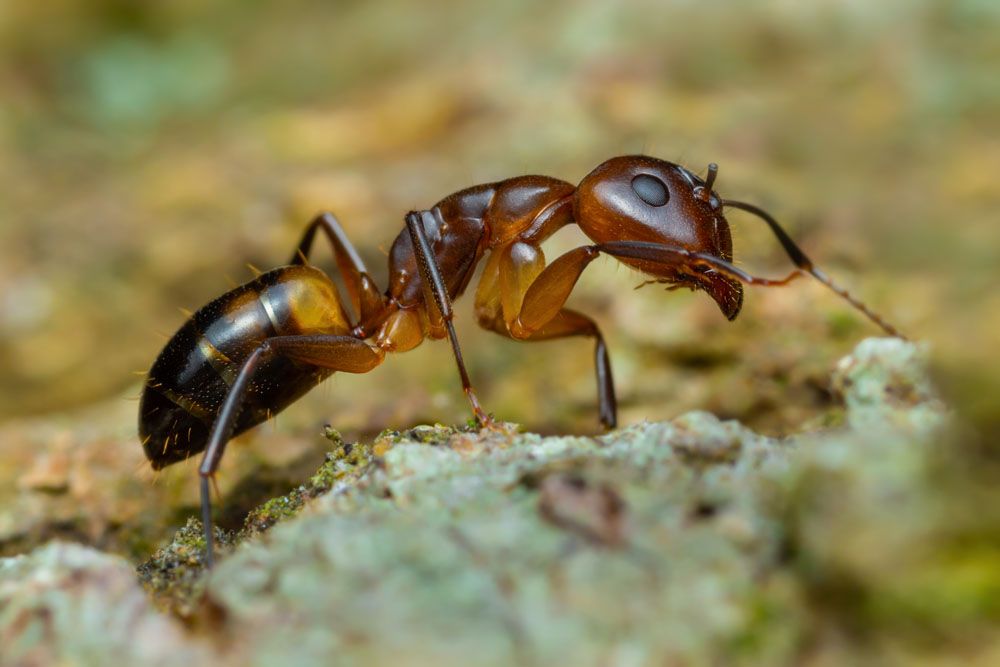
Argentine Ant – Linepithema humile
Argentine Ant
Scientific Name: Linepithema humile
Common Name: Argentine ants
Appearance: Argentine ants are a segmented reddish-brown species of ants. It ranges in size from 2.2-2.6 mm in length, with queen ants being larger than workers. The body is divided into thorax and abdomen, connected through a black node called “petiole.” This species of ants do not possess any stingers or spines. The head consists of compound eyes, curved antennae, and three pairs of setae.
Host Plants or Food: Argentine ants are omnivores since they feed off of other insects as well as plant nectar. The most common nutritional sources include dead insects, bird’s eggs, and nectar. Besides, they also facilitate insects like aphids and scales, feeding on their honeydew.
Territory: Throughout North America, South America, Western USA, Eastern USA, Australia, Europe, and Asia
Mode of Damage: They are flower feeders as they suck on flower nectar as well as on honeydew from other insects.
Habits and Life History:
Argentine ants are usually found in crevices, on the ground in leaf litter and under stones, especially near water bodies.
They go through complete metamorphosis with 4 stages, including egg, larva, pupa, and adult.
Mating takes place inside birth nests.
The eggs are pearl-white, while the larvae are cream-colored.
The queens lay eggs in the nests, with fertilized eggs hatching into the queen and worker ants while unfertilized eggs hatch into male ants.
They form multiple colonies in interconnected nests featuring numerous queens.
